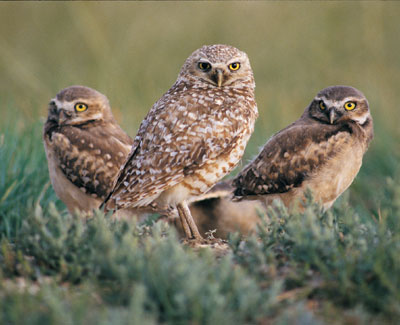White-tailed deer are a enjoyed by landowners and hunters in rural areas, but this is not so much the case in suburban and urban settings like Philadelphia, Pennsylvania. In fact, many cities across the US are starting to take a closer look at increased suburban deer management programs. Not because they want more deer, but because they need less. They are simply trying to cope with overabundant deer populations.
Whitetail are a prolific species that does well in areas where hunting is non-existent, and that type of land is increasing because of suburban development, many of which include greenbelts where deer thrive. Add to the good habitat, few natural predators in these areas the fact that city ordinances and property owner associations ban hunting and the whitetail numbers just keep going up, up and away. The time for a new deer management plan has arrived:
Source: “In urban deer management, the Game Commission is falling on its face,” said Robinson resident Randy Santucci, president of Unified Sportsmen of Pennsylvania. “Just jacking up the doe permits doesn’t solve the problem — it’s up to 61,000 in 2B.”
At a recent meeting with the Board of Game Commissioners, Santucci presented ideas intended to help the agency to “reduce the urban deer population.”
Did he say “reduce?” For years, Unified Sportsmen has aggressively attacked the Game Commission’s deer management plan on the grounds that too many deer were being killed, asserting that the agency didn’t have the backs of Keystone State hunters. Twice in the last decade Unified challenged the agency in Commonwealth Court in unsuccessful bids to reverse the intentional reduction of the deer population.
In what could be seen as a softening of tactics, Unified Sportsmen’s president is now proposing ideas that would help the Game Commission to trim deer populations in urban areas. Santucci said he understands the irony.
“This is something from outside the box,” he said, “to help address the economic impact of hunters no longer going to camps in the mountains where there used to be lots of deer, and problems in the suburbs where they have the opposite problem of too many deer.”
